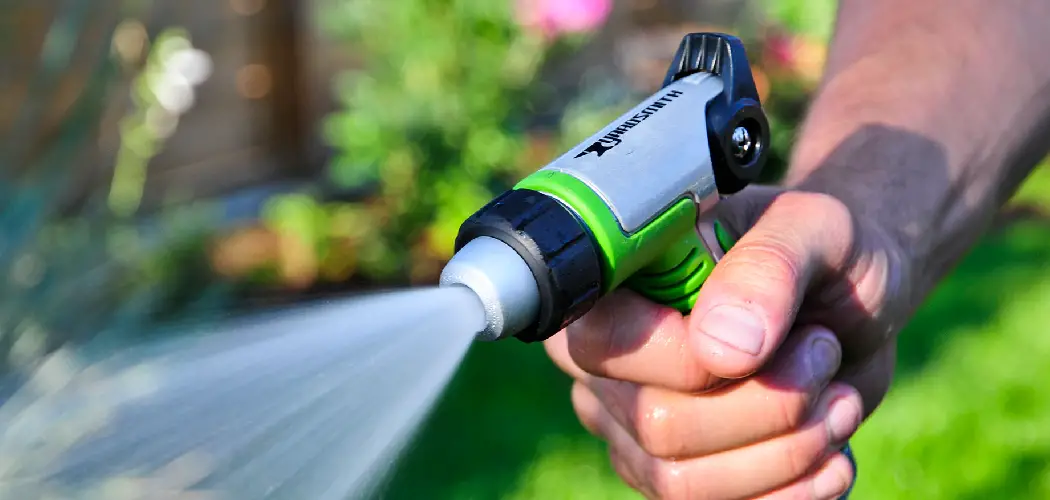Spraying your garden plants effectively and efficiently will make your gardening experience more productive and enjoyable.
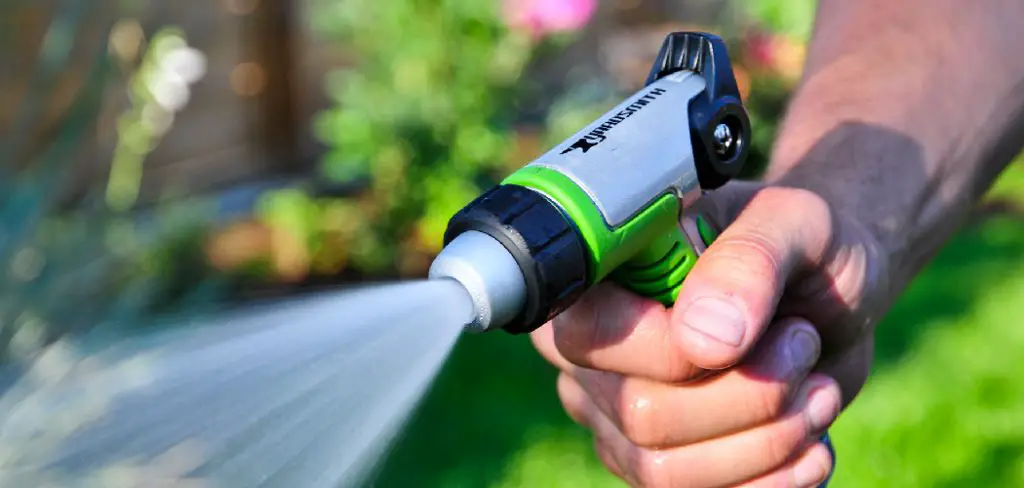
However, spraying can be daunting, especially if you don’t have the right equipment and proper knowledge. One effective tool for this task is the hose end sprayer. A hose end sprayer is a quick and easy way to apply consistent amounts of fertilizer, insecticide, or herbicide to your garden plants without the mess and hassle. In this blog post, we’ll provide you with some tips on how to use hose end sprayer for your gardening needs.
Why Use a Hose End Sprayer?
Using a hose end sprayer provides several advantages compared to other spraying methods. First, it saves you time and effort as it allows you to cover a large area with minimal effort. Second, it ensures consistent solution application, resulting in better plant results. Third, it reduces the risk of over-application or uneven solution distribution that can harm your plants. Lastly, using a hose end sprayer is cost-effective as it minimizes the wastage of solutions.
5 Benefits of Using a Hose End Sprayer
1. Easy to Use
A hose-end sprayer is designed for convenience and efficiency. You can easily attach it to your garden hose, and with a simple twist of the dial, you can control the flow rate and concentration of the solution. This allows you to customize the application based on your plants’ needs.
2. Versatile
Hose end sprayers are not limited to a specific type of solution. You can use it for applying fertilizers, insecticides, herbicides, and even liquid plant food. This makes it a versatile tool for maintaining the health and growth of your plants.
3. Saves Time and Effort
Spraying your plants using a traditional sprayer can take time, effort, and energy. With a hose end sprayer, you can easily cover a large area in less time, allowing you to finish your gardening tasks more quickly. This gives you more time to relax and enjoy the fruits of your labor.
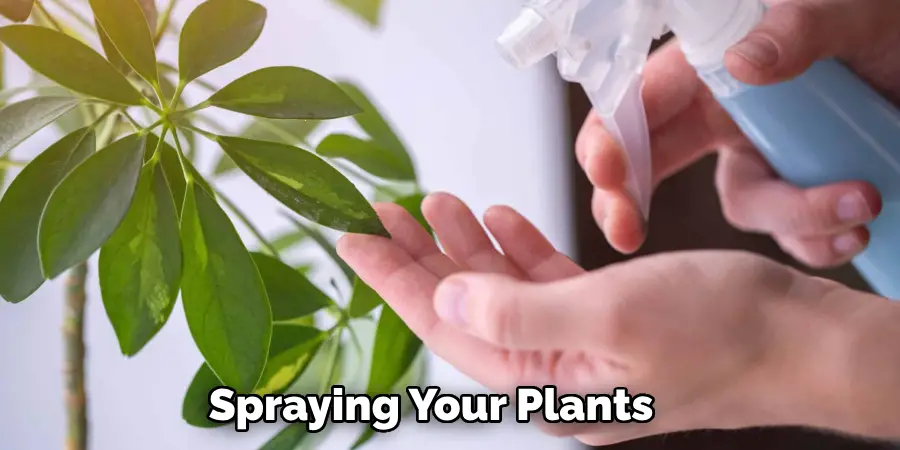
4. Consistent Application
One of the main advantages of using a hose end sprayer is that it ensures consistent application of the solution to your plants. This helps achieve better results and avoid over or under-application, which can cause harm to your plants.
5. Cost-Effective
Using a hose end sprayer is cost-effective as it minimizes the wastage of solutions. Traditional sprayers can often result in over-application or uneven distribution, leading to wasted solutions and additional expenses. With a hose end sprayer, you can control the flow rate and concentration, ensuring that only the needed amount is applied to your plants.
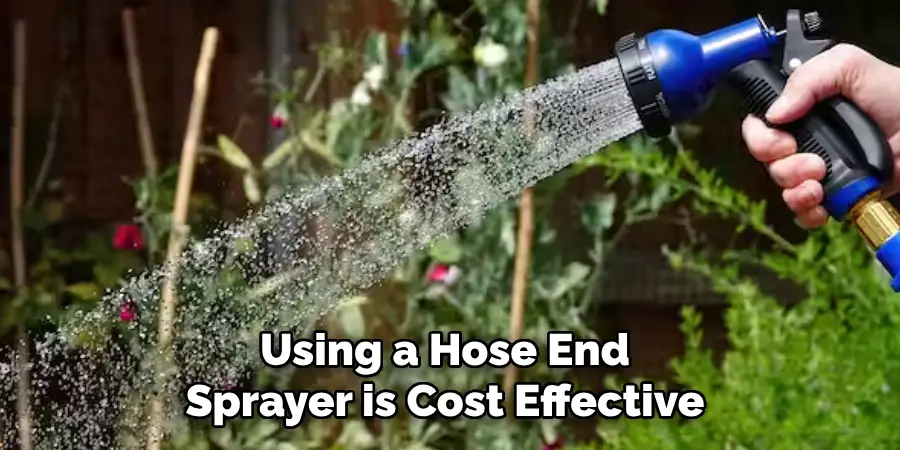
Different Types of Hose End Sprayers
There are various types of hose end sprayers available in the market, each with its unique features and capabilities. Some common types include:
- Dial-style Hose End Sprayer: This type has a rotating dial that allows you to adjust the flow rate and concentration of the solution.
- Bottle-style Hose End Sprayer: This type has a removable bottle that can be filled with your desired solution.
- Fixed or Adjustable Nozzle Hose End Sprayer: This type allows you to control the spray pattern and distance of the solution.
- Foam Gun Hose End Sprayer: This type produces foam that is useful for applying insecticides or cleaning solutions.
How to Use Hose End Sprayer for Easy and Efficient Gardening
1. Understand the Water Pressure
One essential thing to consider when using a hose end sprayer is water pressure. It’s important to note that the water pressure from your tap can significantly affect the performance of your hose end sprayer. You must ensure your water pressure is not too high or too low. Too much water pressure can cause your sprayer to clog, while too little pressure can lead to uneven liquid distribution. Usually, the manufacturer will provide you with a range of pressure suitable for their product.
2. Choose the Right Solution
Before spraying your plants, ensure that you have the right solution in your hose end sprayer. Read the product label you’ll be using carefully to prepare the right mixture. Also, ensure that the nozzle is properly adjusted to deliver the right amount of liquid. You can adjust the nozzle by turning it to different positions, depending on the kind of spray you want.
3. Start Spraying
Once you have prepared your solution and adjusted your nozzle, it’s time to start spraying. Move consistently from one plant to another so you don’t miss any area. Spraying your plants when the weather is cool is essential to avoid burning the leaves. Always wear protective gear such as gloves, long sleeves, and safety glasses, as the chemicals can be harmful if they come into contact with your skin.
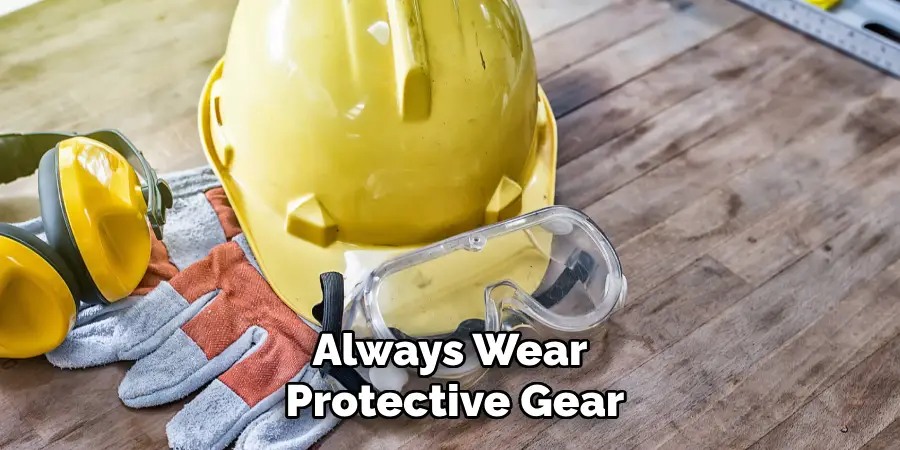
4. Rinse the Sprayer
After you finish spraying, it’s critical to rinse your hose end sprayer thoroughly. This will avoid any residue build-up, which can cause clogging or damage to the nozzle. Run some clean water through the sprayer for a few minutes until the solution is entirely flushed out, then detach and store the sprayer.
5. Cleaning and Maintenance
Cleaning and maintaining your hose end sprayer is essential to ensure its optimal performance and longevity. After using it, disassemble the nozzle and the internal parts, then clean them thoroughly with warm water and soap. Check for any damage or wear and tear, and replace any damaged parts. Store the sprayer in a cool and dry place until the next time you need to use it.
6. Troubleshooting Tips
If you encounter any issues with your hose end sprayer, there are a few things you can do to troubleshoot the problem. If your sprayer is not spraying evenly, check if the nozzle is clogged and clean it if necessary. Also, ensure enough solution is in the container, and the water pressure is within the recommended range. If your sprayer does not work, ensure all parts are correctly attached, and there are no cracks or leaks. If the problem persists, contact the manufacturer for assistance.
7. Proper Storage
Proper storage is crucial to maintain your hose end sprayer and ensure its longevity. Always empty out any remaining solution after use and thoroughly rinse all parts with clean water before storing. Store the sprayer in a cool, dry place away from direct sunlight, extreme temperatures, and chemicals. This will help prevent any damage to the sprayer and keep it ready for use when needed.
By following these tips, you can ensure that your hose end sprayer is always in top condition and provides optimal performance every time. Now, confidently use your hose end sprayer to give your plants the necessary care they deserve!
What to Do if The Hose End Sprayer Is Not Working Properly
Maintaining a beautiful garden requires some dedication, and with that comes an innate understanding that tools can sometimes fail us. Don’t throw it out just yet if you’re having trouble with your hose end sprayer. There are a few things you can try before giving up altogether.
Firstly, check to see if the nozzle is clogged. You can do this by removing the nozzle and using a paper clip or toothpick to dislodge any debris. Additionally, check the connection between the hose and the sprayer to ensure it’s tight and secure. Another potential solution could be to adjust the water pressure on the hose.
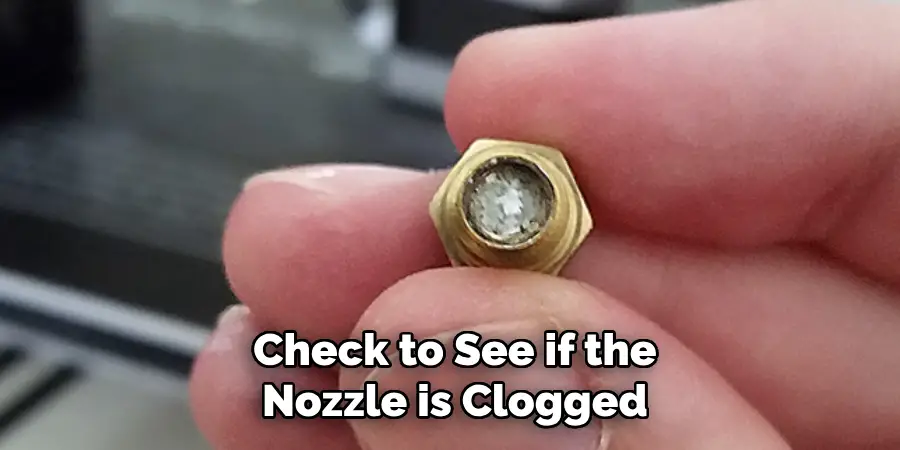
By doing this, you might be able to get the spray to work properly once again. By following these simple steps, you may save time, money, and potential frustration.
How to Clean a Clogged Hose End Sprayer
Having a clogged hose end or sprayer can be a frustrating experience, but fear not! With a bit of elbow grease and a few simple steps, you can unclog your sprayer and get back to spraying in no time. First, remove the sprayer from the end of the hose and disassemble it as much as possible.
Use a brush or toothpick to remove any debris or buildup in the nozzle. Then, fill a bucket with warm water and a small amount of dish soap. Soak the sprayer parts in the solution for at least 30 minutes, then rinse everything thoroughly with clean water. You may also want to use an old toothbrush to remove any remaining debris. Once everything is clean and dry, reassemble the sprayer and give it a test run. Voila! Your hose end sprayer should now be functioning as well as new.
How to Prevent a Hose End Sprayer from Clogging
Do you ever try to water your garden using a hose end sprayer, only to find it clogged and refusing to work properly? Not only is this frustrating, but it can also be time-consuming and a waste of water. Fortunately, you can take some simple steps to prevent your hose end sprayer from clogging in the first place. First, clean and dry your sprayer thoroughly after each use.
This will remove any debris that may have accumulated and prevent it from hardening within the sprayer. Also, avoid using sprayers with tiny particles or chemicals prone to clogging. Lastly, try using more powerful spraying nozzles that can handle a wider range of materials without clogging. With these simple tips, you can keep your hose end sprayer clog-free and ensure effective watering for your garden.
Conclusion
Using a hose end sprayer is a great way to make your gardening tasks more manageable and efficient. By following these quick and easy steps, you can ensure that you’re using your hose end sprayer correctly and that your garden plants receive the liquid care they need.
Remember, proper equipment, such as a hose end sprayer, mixed with the right solution and techniques, will help you achieve a healthy and thriving garden. Thanks for reading our post about how to use hose end sprayer, and happy gardening!

